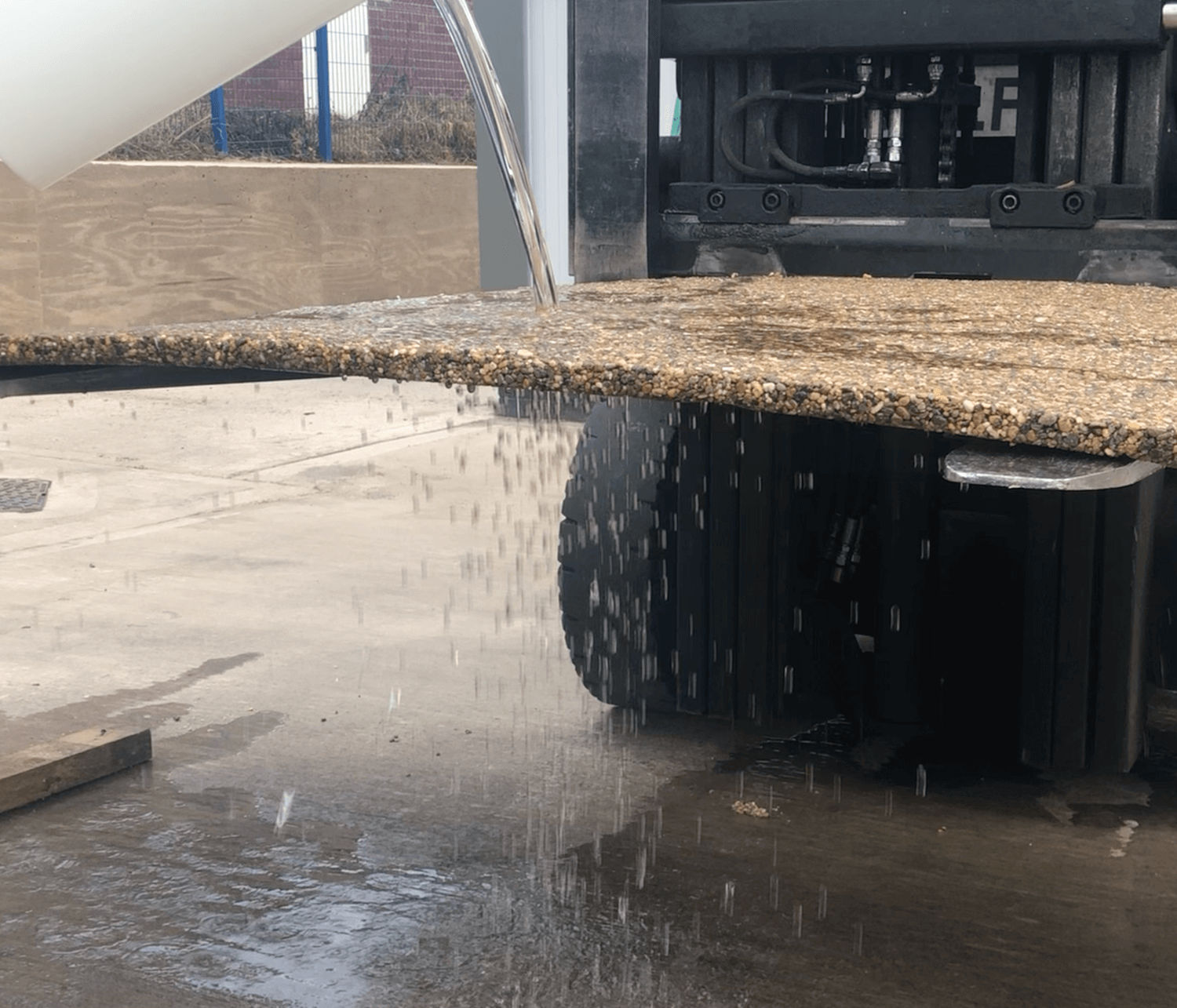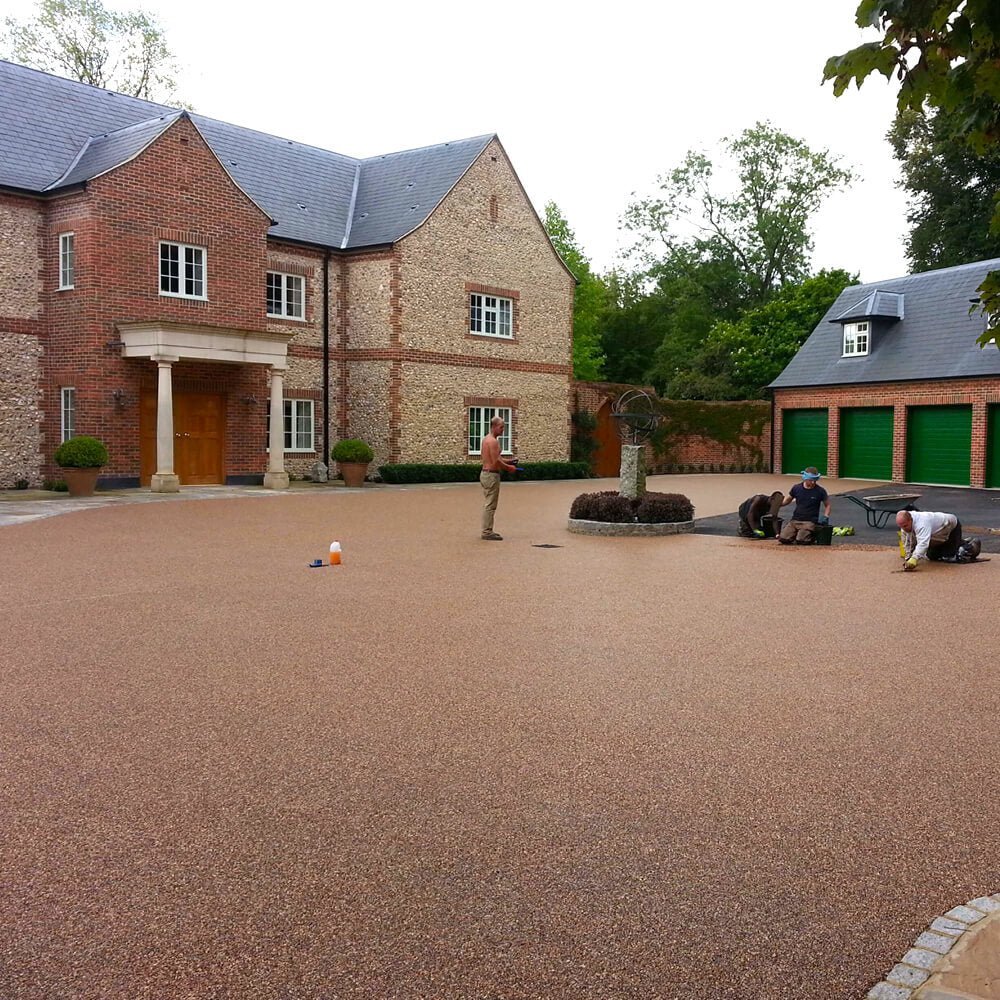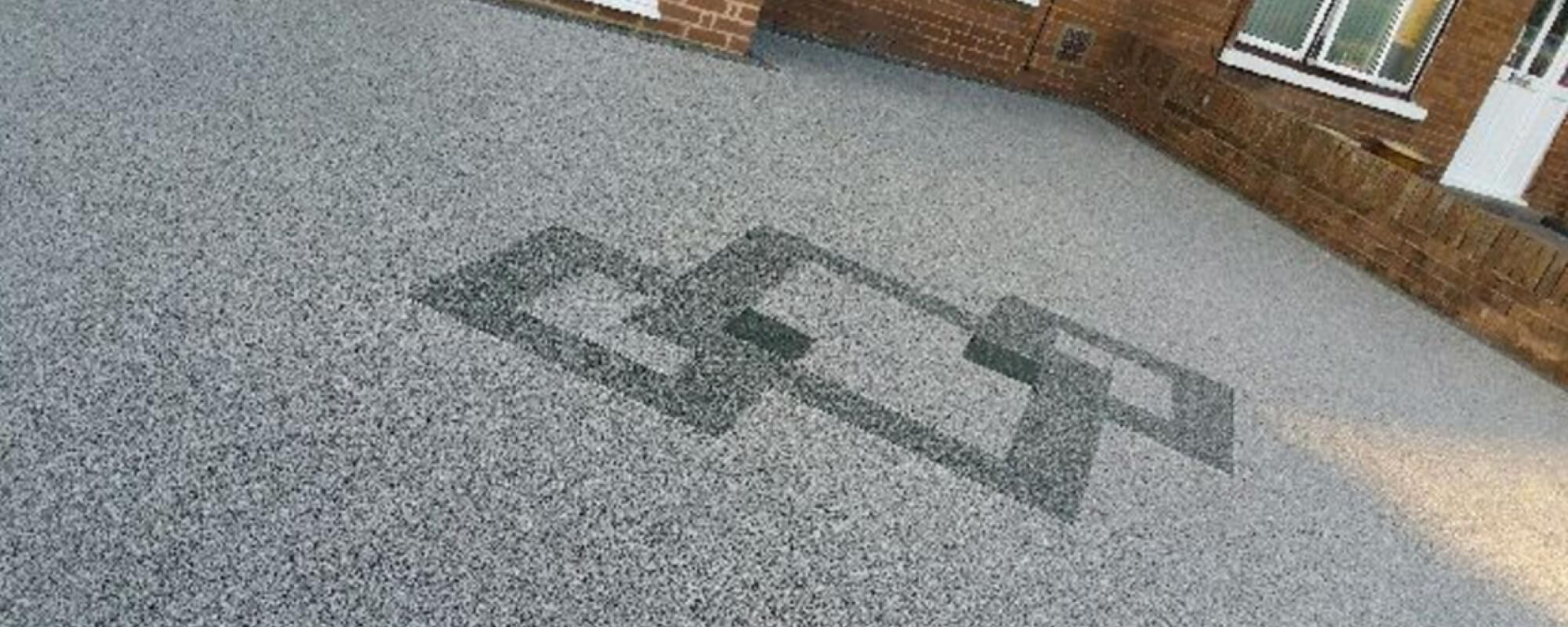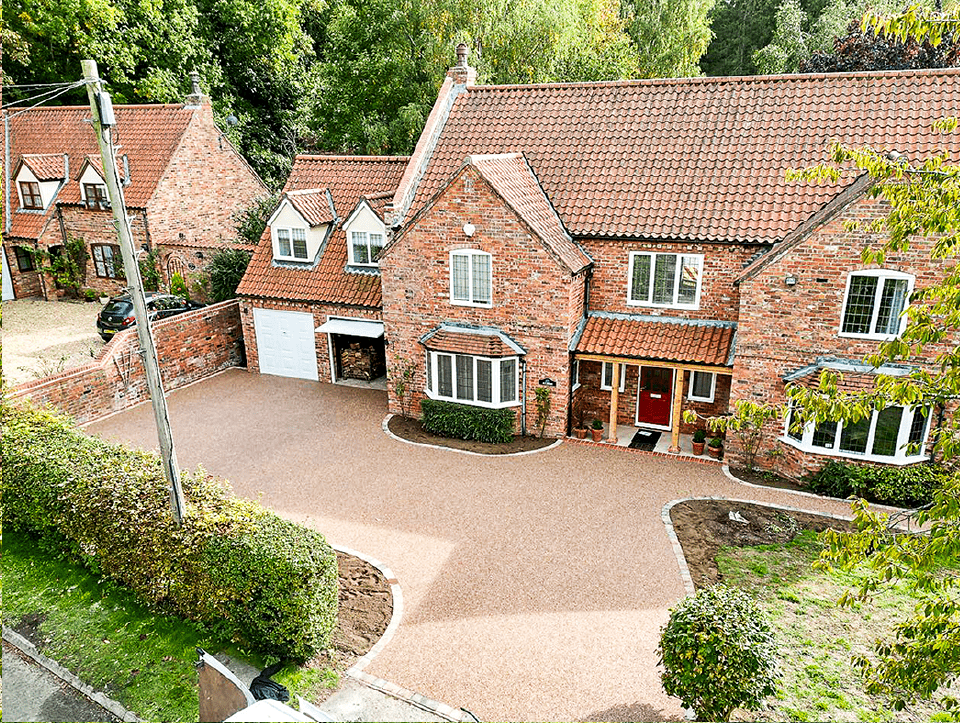One of the issues involved in global warming is that it causes unreliable weather. Part of this weather change includes an increase in wet weather, with intense rainfall and rapid runoff. To date, every time it rains, our current old ‘Victorian-esque’ drainage systems are progressively put to the test.
A reliance on old drainage systems
The drainage systems were designed to gather up the flow of water quickly and eradicate it as quickly as possible. Hard impermeable surfaces, such as urban roads and pavements, cause flash floods because the water has nowhere to drain thoroughly. The flow then runs into water flows, which wouldn’t usually, damaging and killing nature in the river, contaminating the water. For obvious reasons has further negative environmental consequences.
When extreme flooding hit the UK in 2007, it was evident that things had to change. A new method of working with nature was required. We needed to work towards achieving a more sustainable approach to dealing with water.
It was evident that a new philosophy was needed. We should be working with nature and not against it. The idea is that instead of hiding water, it is to be brought back into the community through a drainage system. This will slow down the rate of flow via a range of controls as close as possible to the nearest fall source, through infiltration.
The concept of slowing down the rate of flow subsequently became known as Sustainable Urban Drainage Systems, SuDS.
How SuDS Works
SuDS are designed to manage water as close to the source as possible and tackle excess water run off to reduce pressure on the current council drainage systems.
Water flows through a permeable surface into a permeable fill or sub-base where it can be stored, conveyed or allowed to infiltrate the lower strata and recharge the groundwater where there is no risk to its water quality.
The term ‘SuDS’ is often interchanged with permeable paving and porous pavement.
The Law
In October 2008, legislation was passed applying to households, stating that all paving over five square metres at the front of a property had to be permeable pavement. Anything that isn’t permeable needs planning permission.
Resin-bound is a perfect permeable solution. Resin-bound paving installers, please don’t hesitate to contact us for more information on the legislation.
It’s not just global warming and rain to blame. Engineering has added to the problem as we seal and waterproof the grounds when creating cities and urban landscapes.
In natural landscapes, the water soaks into the ground and ends up in the water table. However, if we have paved over this, the only place for it to go is the drains. Subsequently, the drains become full and overwhelmed, filling up like swimming pools, and they cannot cope.
Resin Bound For Permeable Paving
Resin-bound surfacing is one of the primary SuDS solutions. It offers a fully porous solution that is easy to install. It is highly aesthetic compared to other surfacing materials on the market, making it a fantastic option. It therefore sits under the ‘eco paving’ and ‘sustainable drainage system’ threshold.
It is also an eco-friendly option, which is highly encouraged by the Environmental Agency. This is one of the reasons why resin bound is becoming so popular, and you see the rise in resin bound driveways, resin bound paving and tree pits. New flexible paving options, like Flexirox, for use in the construction of nature trails, bridleways and playgrounds are also part of this revolution.
If all ground surfacing incorporated porous pavement, then the problems associated with urban flooding would be reduced. When resin-bound material is used in conjunction with a porous sub-base, it is fully SuDS compliant.
All eco paving and resin-bound paving supplies can be purchased from The Resin Mill. Give us a call on 01484 400 855 to discuss your upcoming permeable paving projects.
See how we can help ensure that you are fully compliant.








Leave a comment
This site is protected by hCaptcha and the hCaptcha Privacy Policy and Terms of Service apply.